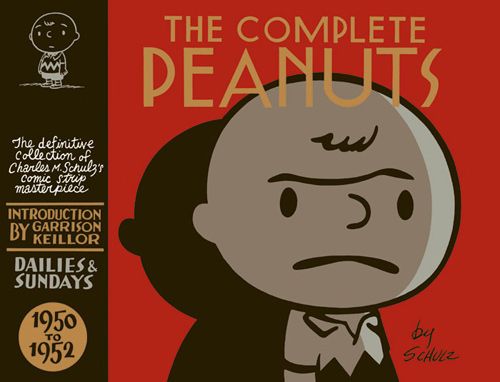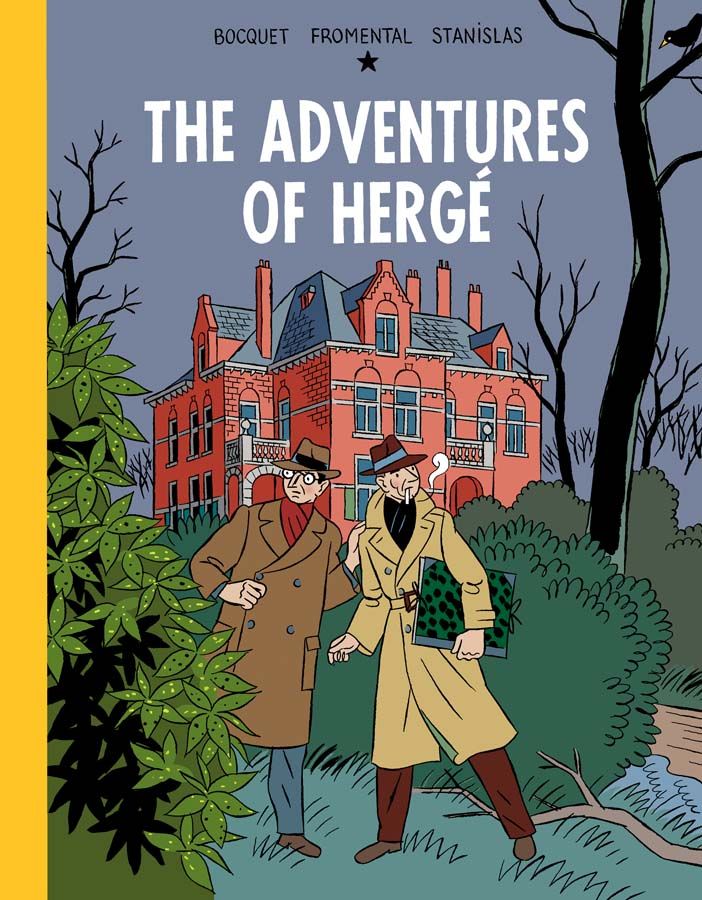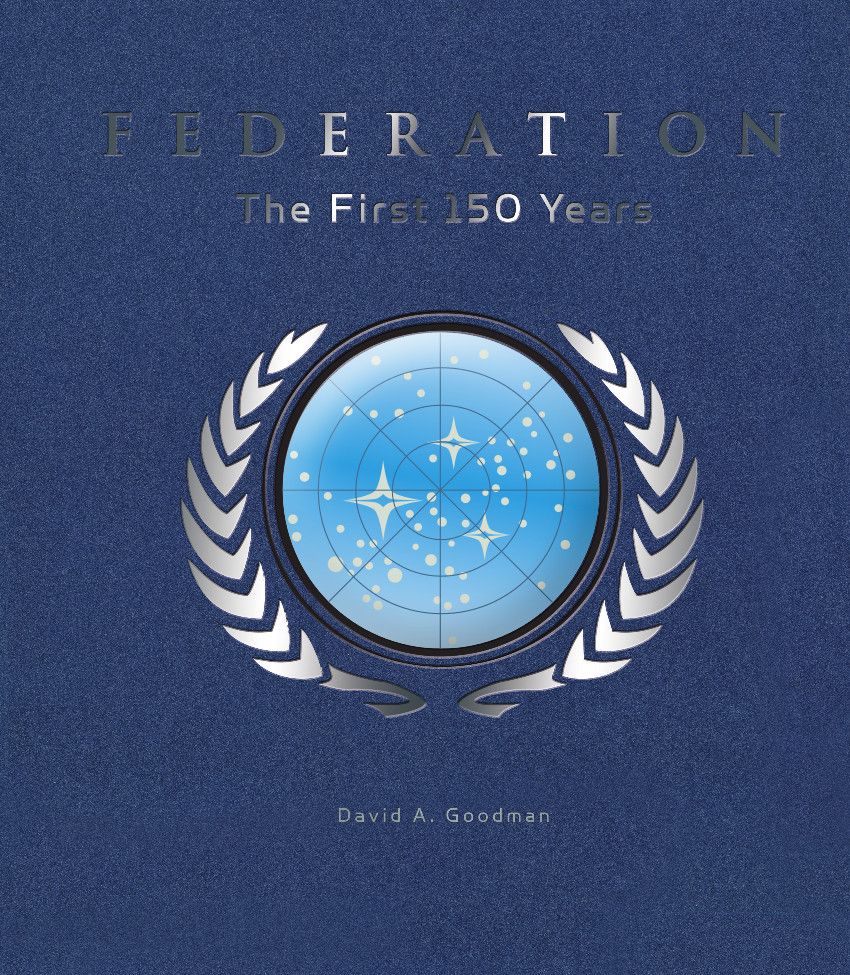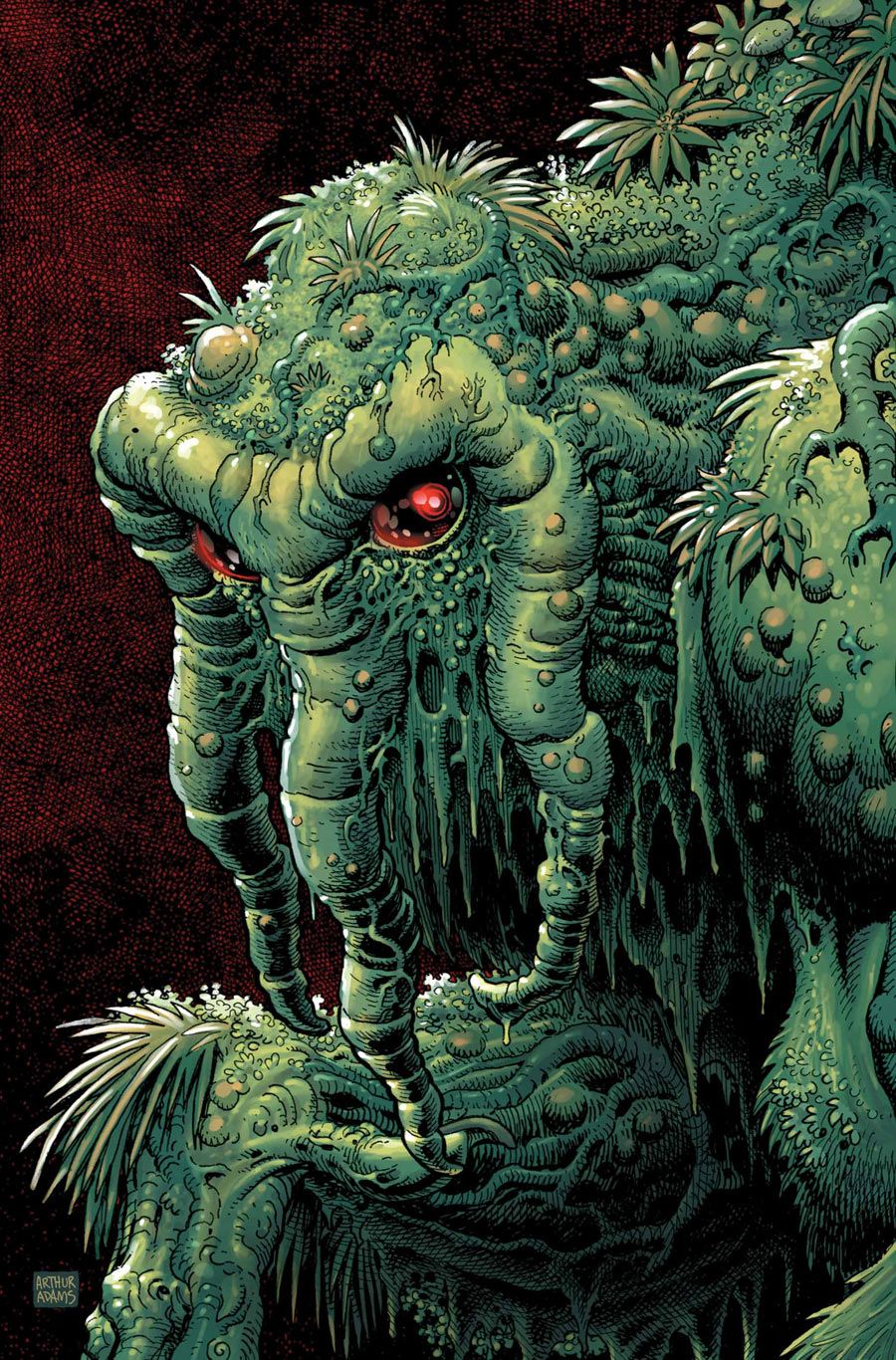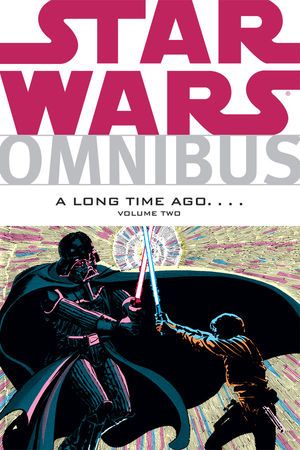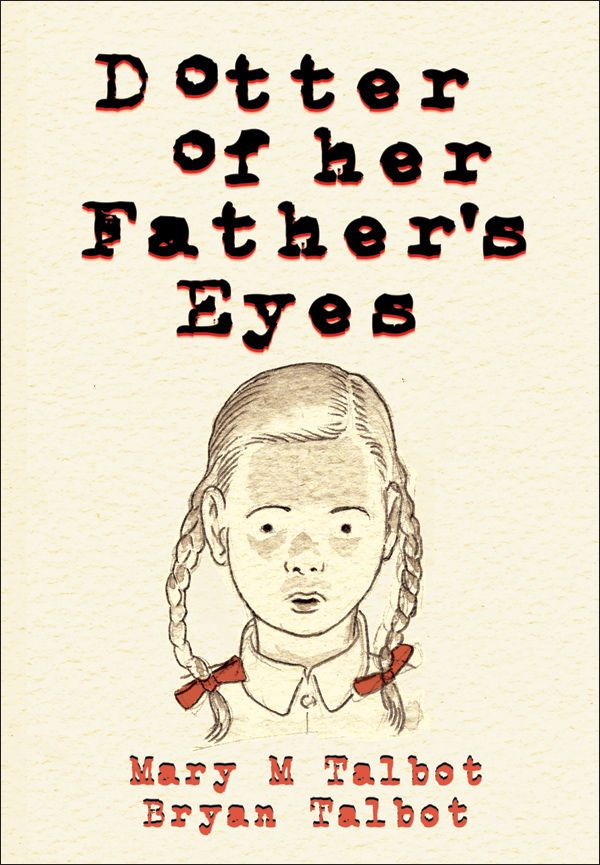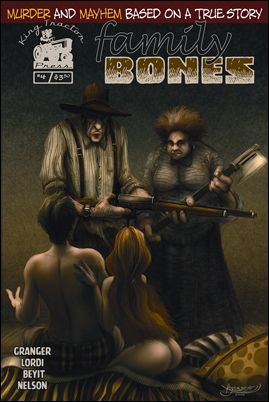Hello and welcome to What Are You Reading?, where we take a look at the comics, books and other things the Robot 6 crew have been reading lately. We kick off the new year with Brian Cronin from Comics Should Be Good! as our special guest. In addition to running our sister blog, Brian is also an author, having written two books on comics trivia. He also runs the blog Urban Legends Revealed, where he talks about sports and entertainment urban legends.
To see what Brian and the Robot 6 crew have been reading, click below ...
*****
Corey Blake
The Complete Peanuts: 1950-1952 by Charles M. Schulz: I was never super into Peanuts during my big comic strip reading years (basically, up through high school). I think by then it had the appearance that it had passed its prime, and maybe felt too gentle and soft to me. Honestly, I don't even think The Boston Globe ran it then. Maybe on Sundays but I'm pretty sure it didn't run in the dailies there. Or maybe I just skipped over it to read the newest Calvin & Hobbes. But I have always loved the television specials A Charlie Brown Christmas and It's the Great Pumpkin, Charlie Brown, so I definitely have big fondness for the characters. I finally seriously dug into the comic strips thanks to Fantagraphics' excellent The Complete Peanuts series, and I was completely entranced and entertained. Chuckling throughout, I was happy to find that the series has a bit of bite to it that would later get smoothed down some. Charlie Brown is more feisty and willing to pull some zingers on his friends. Even so he's the subject of some startlingly aggressive verbal abuse, particularly from Violet, who on more than one occasion vehemently tells Charlie Brown she doesn't want to ever, ever see him again.
The cast was also almost completely different. For about the first year, there's no Lucy, no Linus, no Schroeder, no Pig-Pen. In fact, the cast is pretty small, initially only three kids (Charlie Brown, Shermy and Patty [not Peppermint Patty]) and Snoopy who looks like a young puppy. It doesn't even seem like Snoopy is Charlie Brown's dog initially: in one strip, Charlie Brown tells Snoopy to go home without knowing where it is, and in another Snoopy arrives at Shermy's house for a bath.
In addition to funny and clever comics, it's fascinating to see the little pieces show up and Charles' art develop as it slowly morphs into the iconic strip. It's not quite there by the end of this book, but certain pieces are there. There's a late arriving toddler named Lucy, who first seems to be babysat by Charlie Brown, begins growing into her antagonizing personality. The first football prank is played, although the very first failed kick happens earlier with Violet. A baby named Schroeder finds out he's a piano virtuoso, but only when using a toy piano; he simply cries when Charlie Brown sits him at a full size piano. But a baby Linus hasn't found his security blanket yet, and there are still plenty of characters yet to show up.
The Adventures of Hergé by José-Louis Bocquet, Jean-Luc Fromental and Stanislas Barthélémy: I think this is a case of form overwhelming function. Creating a biography of Hergé that looks and reads like an installment of his greatest creation, Tintin, seems like a great idea on paper but I think the restrictions of that set-up limited the information and how it was expressed. While this was entertaining and informative for someone like me who didn't have a lot of prior knowledge of the artist's life, it ended up feeling a little light. Only 66 pages to run through 75 years of the life of Georges Prosper Remi, who had a pretty eventful life, seems like a daunting handicap to give oneself. With brief nudity, infidelity and references to historical figures and events, I can't imagine the reason was because the book was meant for younger readers. A three-page index provides brief biographies of people in Hergé's life, which helps flesh things out more, and it's clear from the bibliography that plenty of research had been done. It's just too bad we couldn't see more of it in the story.
RASL Volume 1: The Drift by Jeff Smith: I read all three chapters that make up this book when they were originally released as individual issues. Jeff Smith's original plan was to publish the issues in this larger format and I was disappointed when he backed down from that plan due to retailer reluctance. Fortunately he brought the larger size back for his trade paperbacks. Even though it feels a little light to only collect about three issues at a time, there's no denying that this story looks stunning. The larger size really brings out the mood and reveals what a great storyteller he is with his excellent art. His inking seems to really shine here too. In a larger sense, this is a love letter to the scientific genius Nikola Tesla. The nitty-gritty of the story brings us close to the main character, a dimension-hopping art thief going by the name RASL. In fact, we spend so much time watching him navigate this story, that it's easy not to notice that there are only two to three other significant characters and then some extras. It starts as a very sparsely populated story, which allows us to focus on RASL and absorb his situation. Compelling, cool and a little bit crazy, this proves that the brilliance of Bone was far from a fluke, as if there was any doubt.
Tom Bondurant
First, a couple of Christmas gifts. The "textbook of the future" called Star Trek: Federation -- The First 150 Years features no sequential art. However, it does use some very nice pieces from comics artists Joe Corroney (who has also worked on IDW's Trek comic) and Cat Staggs, as well as fantasy/SF artists Jeff Carlisle and Mark McHaley. Although that might seem a bit primitive -- why not CGI or other cutting-edge imagery? -- the effect is pleasingly retro, recalling both the textbook aesthetic and the futurist paintings of space artists like Chesley Bonestell and Robert McCall. Indeed, since the book (written by Enterprise writer/producer David Goodman) covers mostly the 22nd and 23rd Centuries, and emphasizes the '60s-influenced styles of the April/Pike/Kirk decades, I think it's perfectly appropriate that this feels like it could have come out of the 20th Century's Space Age.
I got my brother-in-law Jeffrey Brown's Darth Vader & Son for Christmas, but while my wife was flipping happily through it she wondered "why don't you have this yet?" Why indeed -- and now I do. Needless to say, DV&S was a big hit with my family -- particularly because Vader and I both have to deal with a four-year-old -- and we're all eager for the spring's Vader's Little Princess.
As for actual comics, I thought American Vampire #34 (written by Scott Snyder, drawn by Rafael Albuquerque) was a good epilogue to what we know now is Part 1 of the series. Focusing on a couple of peripheral characters, it takes the long view of the vampires' history and -- not really a spoiler -- teases what's coming when the series returns later this year. It's the kind of thing that makes me want to re-read the whole series (and both ancillary miniseries) in a couple of marathon sessions, just to mainline all the mythology which has been presented so far. Fortunately, the hiatus will give me time to do just that.
Finally, I picked up New Avengers #1 (written by Jonathan Hickman, drawn by Steve Epting) because it is supposed to tie into Hickman's adjectiveless Avengers title. I didn't see a lot of overlap, beyond foreshadowing the threat which has already manifested itself in Avengers. Instead, this is a solo Black Panther story which essentially defines his relationship to the Illuminati (including Reed Richards, Tony Stark, Dr. Strange, Namor, and Black Bolt) in the context of a more immediate threat to Wakanda. In fact, I think it relates more directly to the Black Panther arc towards the end of Hickman's Fantastic Four run, so in that respect I'm glad I read it. However, as a first issue it probably throws new readers into the deep end of the continuity pool. I guess the Illuminati are sort-of Avengers -- most of them are or were Avengers at some point, at least -- and their roles are sketched out pretty broadly; but I thought the Illuminati stopped trying to run the world after Civil War. I never read Bendis' Avengers books because I heard they were way too talky, and this concept seemed like an excellent example of that approach. I like Hickman's Avengers because it promises big superhero action, and NA #1 was fine for a brief refresher -- but if this book is going to be heavy on politics, conversation, and meaningful glances, I don't know how long it'll hold my interest.
J. Caleb Mozzocco
Beyond the handful of new comic book-comics I bought this week, and the next volumes of two manga series I’m trying to catch up on (Highschool of the Dead and Soul Eater), I read two comics since the last What Are You Reading?.
The first was The Infernal Man-Thing, Marvel’s trade paperback packaging of the “lost” Steve Gerber-scripted, Kevin Nowlan-illustrated story the publisher ran as a three-part miniseries last year.
To be frank, I was pretty disappointed, and I think a lot of that had to due with the story not quite living up to its presentation. It’s a real-time sequel to a 1974 story written by Gerber and drawn by John Buscema and Klaus Janson, which is helpfully reprinted here for those who haven’t read it or, like me, had read it and forgotten it (Few of Gerber’s individual Man-Thing stories were particularly notable on their own, I thought, their real power revealed through their accumulation).
That original story was about Brian Lazarus, an ad copywriter who retreats to Manny’s swamp amidst a nervous breakdown to write a manifesto before ending his life, and experiencing hallucinations so vivid that they were actually tangible.
A chance encounter with a supporting character saved him, and, in this follow-up, Lazarus returns to the swamp and re-meets the monster and the supporting character while amidst another nervous breakdown, this one stemming from his cancer and own impending death as much as the existential trials of modern life.
What was so charming about Gerber’s Man-Thing run was how the writer used the trashy, disposable comics medium to explore his own interests and obsessions, the comic’s title character often rendered little more than obsolete in the stories.
There’s a poignancy to this script, but it is in a sense a repeat of a previous plot, and its acknowledgement of that repeating and incorporation to it into the story never quite ameliorating that. Nowlan’s fully-painted art is nice-looking, but seems discordant when applied to such a trifle of a script (Nowlan’s monster is rather uninspired, too; he just looks like a smooth-skinned green man with a giant hump on his back and an abstracted elephant’s visage, and is thoroughly shamed by cover artist Arthur Adams’ gloriously intricate images of Merry Marvel’s own muck encrusted mockery of a man).
The fact that the protagonist Brian Lazarus worked for years in the American animation industry, like author Gerber, all but forces a reader to look for parallels, and doing so makes for an exceptionally uncomfortable reading experience (A discomfort that, while affecting, doesn’t make the comic transcendent of its shortcomings).
As an admirer of Gerber’s work who was happy to get one more story from the late author, I’m sad to say this wasn’t anywhere near as good as I hoped it would be.
To run up the page count, Marvel has also tossed a reprint of the black and white strip by Gerry Conway, Roy Thomas and Gray Morrow that introduced Man-Thing.
Secondly, panicked by news that Disney had bought Star Wars and that Dark Horse’s time with the license is therefore limited, I figured I had better hurry up and finish reading their reprints of the old, original Marvel comics series in the format I had started reading them in. Thus I got hurriedly got my hands on Star Wars Omnibus: A Long Time Ago ... Vol. 2.
Reading these comics now, having missed them the first time around, I am completely enamored of and fascinated with them. Created between the time the original movie came out and the first sequel did (The official adaptation of Empire Strikes Back runs about 2/3 through this particular collection), there was barely any of that enormous backstory and thoroughly vetted expanded universe canon to fall back on, so writer/editor Archie Goodwin and his collaborators were basically free just to make up Star Wars stuff on the fly.
There’s a charming primitive quality to these stories, along with a sense of the forbidden—it’s a little like experience bootleg Star Wars or, to use a completely inappropriate metaphor, the Gnostic Gospels version of the Gospel of Lucas, you know? That feeling is perhaps strongest when the creators present things that today’s readers know don’t mesh with what would later be revealed in other films: Like the extremely humanoid-looking Jabba The Hutt, who Han and Chewie come to terms with in a story here, or a reference to Luke’s father, complete with a drawing of what he looked like back when he and Darth Vader were both apprentices to Obi-Wan Kenobi.
Carmine Infantino pencils the bulk of the comics in this volume, and I love seeing the comic book versions of Star Wars characters from the movies—particularly Leia, who Infantino usually draws in her white dress, although years of drawing superheroes had apparently made him unable to draw a person in any material that didn’t clink to them like spandex. The result is a Princess Leia built like a Barbie doll and sheathed in white spandex dress.
And these bump up against the many aliens and monsters that Infantino and company made up on their own, and thus bear no resemblance whatsoever to the various overly-familiar races that would come to populate the galaxy in the decades of Star Wars franchise expansion.
I can’t say that these are particularly good comics, even for their era, but man I love reading them ...
Mark Kardwell
I read a couple of books that've been recently acquired at work, the Eerie presents: Hunter hardback; and Dotter of her Father's Eyes, by Mary and Bryan Talbot. The Talbots' book won a Costa prize last week, and I can see how this would be the type of comic a literary award's panel would like, and bestow another degree of respectability upon the form. "Look ma, we must be real art, we won another award!" It's clunky as hell, though. But if you love biopic-style exposition and heavy-handed moralizing, you'll probably love it!
I preferred the dated, pulpy, thrills offered by the Hunter collection. Warren's '70s output is something of a blind spot for me, and while I realize these aren't great comics, they are interesting comics. All kinds of things from this book has stuck with me. For starters, I was left thinking that the crew who started 2000AD were probably fans of this stuff: it's protagonist hides his face behind a helmet with a big ol' blank visor, for starters. I was struck how the strip continued over a few years keeping the same artist but changing writers — that's something you don't really see anymore. I was impressed by that artist, Paul Neary: whose work I only knew as an editorial figure at Marvel UK and as a finisher over later artists like Alan Davis and Bryan Hitch. I'd read Neary's Madman in Warrior as a kid, and never understood the ire of letter-writers complaining about how that strip was a disappointment until now. Whatever happened to this other Paul Neary?
Brigid Alverson
King Tractor Press is offering the graphic novel series Family Bones in iBooks and the Kindle store for 99 cents a volume, which is a pretty good deal as each volume contains five issues of the original comic. So I checked it out. It's a fictionalized true-crime story: The author, Shawn Granger, really was the great-nephew of the oldest serial killers, Ray and Faye Copeland, but their story is told as if he were sent to their farm for the summer and observed it through his own eyes. The different chapters are illustrated by different artists, but they manage to keep a reasonably consistent look and feel throughout the story. What's more noticeable is that Granger's storytelling simply gets better as the story goes along. He lays on the violence very heavily in the opening chapter, and he leaves out crucial bits of the story. In addition, the art in this chapter is overly detailed, making it hard to decode each page. As the book goes on (I'm in the middle of volume 2 now), he does a better job of evening things out, creating an atmosphere of discomfort and keeping the horror, for the most part, just below the surface. Granger also makes much of the city boy in a country atmosphere, and while not all the rural details ring true, he does, I think capture the uneasiness of a young person in a strange setting. Sometimes his hero simply goes along with things because he doesn't really get what everyone else is thinking. He also turns the sentimental image of "the country" on its head, as a chicken dinner, a patchwork quilt, and a nest of baby mice, which all signify the comforts of country living in the popular media, become objects of horror in the Copeland's hands. The series is uneven—I'd love to see Granger go back and do it again from the beginning, using a single artist this time—but it's definitely a good value for two bucks.
Lightening things up a bit, I also checked out the digital preview issue of The Phoenix, the weekly children's comic that has been getting rave reviews in the UK. The interface is slick but lacks a few basics, like landscape mode; nonetheless, it's a great comic, featuring art and writing by Jamie Smart, Niall Cameron, and a host of others who will probably be familiar to Robot 6 readers. To take just one example, the comic opens with The Pirates of Pangaea, an adventure story that features pirates riding dinosaurs. The writing is often witty and the art is top-notch; it's a kids' comic that's witty and well executed enough for adults to appreciate as well.
Brian Cronin
Amazing Spider-Man #700 nicely ties in with a Grant Morrison comic I liked a lot. The Batman issues that tied in with Final Crisis had Darkseid try to clone Batman, but in the end, we learn that Batman's superpower, in a way, was his ability to put up with more pain than anyone else could even fathom. So when they tried to clone him, they couldn't handle it and the clones all killed themselves. Similarly, in Amazing Spider-Man #700, Dan Slott shows that Peter Parker's sense of responsibility is, in a way, one of HIS powers. Doctor Octopus can't help but be moved by Peter's powerful sense of responsibility. I thought that that was a neat plot point.
Mara #1 was a striking introduction to a world where sports are the most important thing in the world, even something like women's volleyball. So we get a great insight into the life of Mara Prince, the world's most famous volleyball player and then there is an intriguing end to the series where we see her life thrown into turmoil when she manifests superpowers. Very cool first issue by Brian Wood and Ming Doyle.
Hawkeye #6 is likely the highlight of this series so far, which has already been quite a delight. Matt Fraction weaves a compelling tale of the downside of Clint Barton becoming a "man of the people," as it were. David Aja, meanwhile, puts on an art display that is nothing short of staggering.
Uncanny X-Force #35 was a fine conclusion to Rick Remender's run on the title. It was very good that Phil Noto was able to do as much of the final issues as he was, as it was nice to see some visual consistency for the finale of the series. I especially liked the moments that he gave to Deadpool, showing a side of the character we rarely get to see.
Avengers #2 was another excellent issue, as Jonathan Hickman and Jerome Opena put their own particular spin on the traditional "putting the team together" issue.

